The technology of the Tumbler - how Britain made the Dark Knight mobile
Behind the scenes with the latest Batmobile
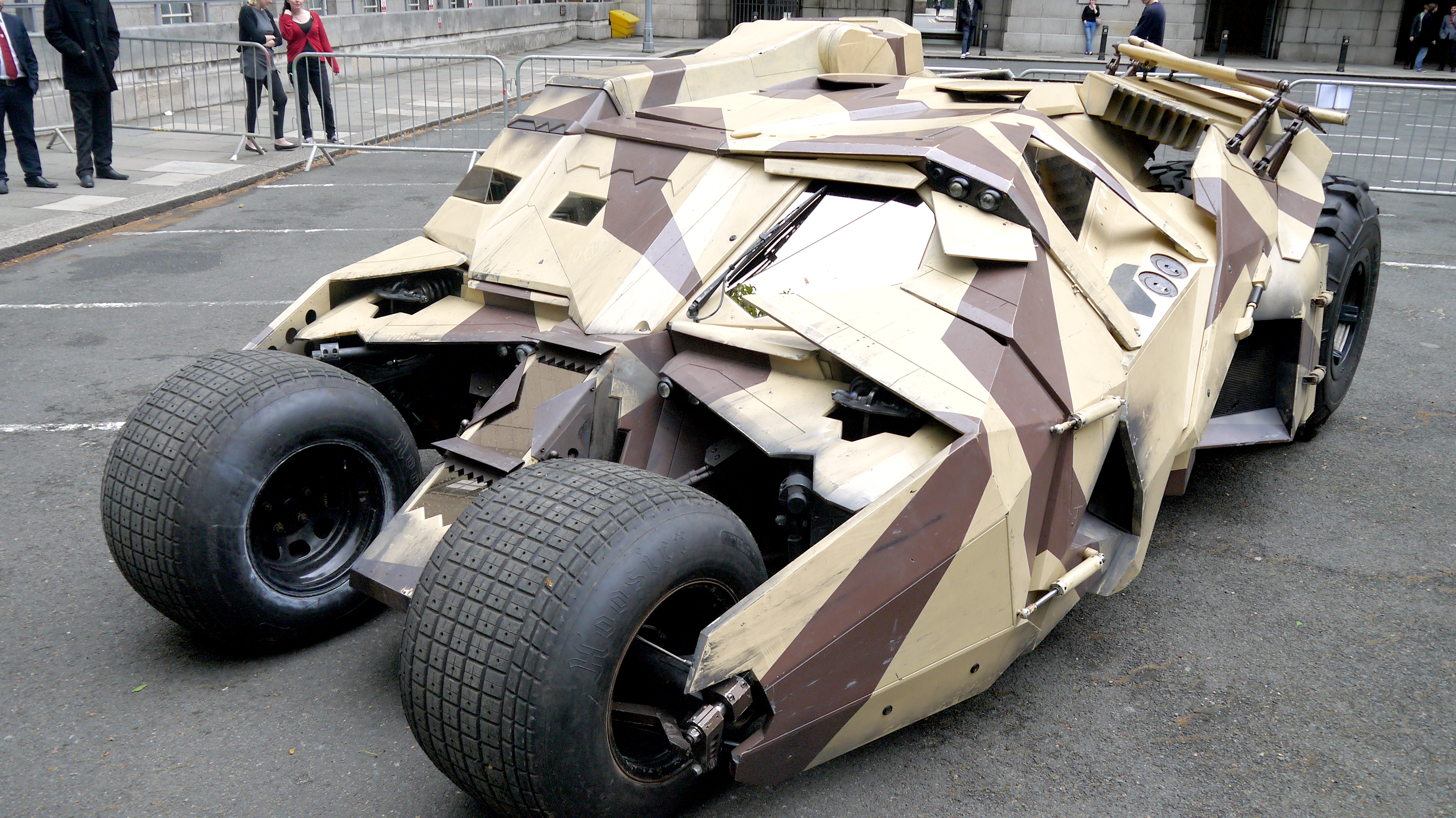
"The brief we got [to create the Batmobile Tumbler] was for a vehicle that could do 60mph; we thought we'd give them a little bit more than that so we boosted it to 100mph, as we obviously wanted it to do some amazing things."
There's very little that doesn't sound incredible when talking to John Holmes, senior special effects technician on the team involved in creating the most recent iteration of the Batmobile. The Tumbler is one of the most iconic designs in cinematic history – no mean feat when it was replacing the original 'kitsch' Batmobile.
But what you don't know is that while you were seeing the Tumbler being thrown around Gotham City on the big screen, it was actually designed, built and mostly used in Britain, thanks to the 20-strong team working on the project.
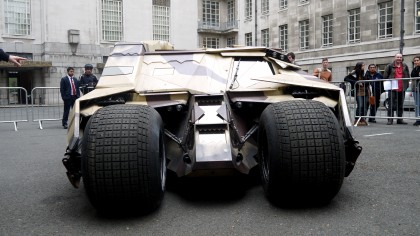
It was conceived by Nathan Crowley and his team originally, but the difficulty in the project came from taking the Styrofoam model from a concept to actual reality – and required a lot of ingenuity when it came to the actual mechanics of making the Batmobile, according to Holmes:
"It's actually a bespoke vehicle, there's nothing on this that's already been seen [on another car] – people say 'oh, it's based on a Hummer, it's based on a Mercedes', but no, it's all bespoke. It is a Batmobile, there's no other made vehicle part on it."
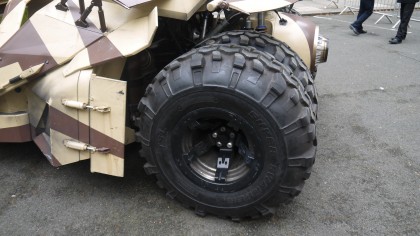
That's true of most of the unit – although the tyres were off-the-shelf to a degree… if you can call super swamp tyres on the rear and racing boots on the front such a thing.
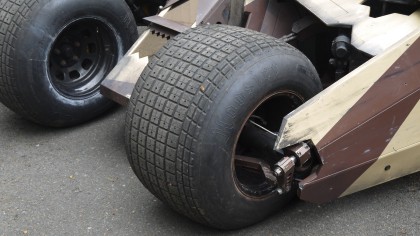
Even these were customised, with Holmes telling us that the team had to shave down the tyres to make sure the handling of the Tumbler was exact.
Sign up for breaking news, reviews, opinion, top tech deals, and more.
In terms of raw grunt, it's no surprise that the engine was a 5.7-litre Chevrolet unit, 350 cubic inches pumping out 400bhp to allow the Batmobile to roar around. Although there wasn't just the one car – there were multiple versions to allow for various scene set-ups.

That's not to say that each didn't drive, but each had a purpose. For instance, the interior of the 'race ready' Tumblers was just a steel frame with very little visibility; for filming a static, more luxurious interior was created to allow for cameras.
In fact, there were a number of versions that came together to create the cinematic effect of the new Batmobile. A smaller, 20 per cent size Tumbler was used to accurately film the flying scenes, but the jumps and speeds were all possible with the full-size version.
As Holmes tells us, the request was for "a car that could jump off a six foot ramp, travel 60 feet, land and drive off without cutting; [Director Christopher] Nolan didn't want another car needed, he wanted to use the one that does the jump."
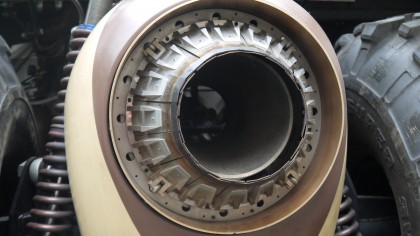
The jet-engined version of the Tumbler was also real: multiple propane tanks were bolted into the vehicle to give the real jet effect, rather than adding it in post-processing.
Making the insane real
But how hard was it to take the Batmobile concept through to reality?
"[The Tumbler] has a very odd suspension," admitted Holmes. "It's a tubular space frame chassis, with a 15mm section, with the front suspension being the trickiest part.
"The wheels actually go inward, where normally they would go outwards; in the same way the stub axles, instead of going outwards, they go inwards.
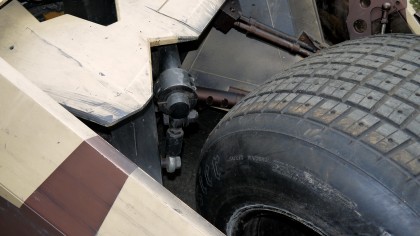
"That was a little bit tricky to create, so we had to make it all very beefy. If you think that the anti-roll bar on your car is very thin, the one on [the Tumbler] is like a girder."

Gareth has been part of the consumer technology world in a career spanning three decades. He started life as a staff writer on the fledgling TechRadar, and has grew with the site (primarily as phones, tablets and wearables editor) until becoming Global Editor in Chief in 2018. Gareth has written over 4,000 articles for TechRadar, has contributed expert insight to a number of other publications, chaired panels on zeitgeist technologies, presented at the Gadget Show Live as well as representing the brand on TV and radio for multiple channels including Sky, BBC, ITV and Al-Jazeera. Passionate about fitness, he can bore anyone rigid about stress management, sleep tracking, heart rate variance as well as bemoaning something about the latest iPhone, Galaxy or OLED TV.